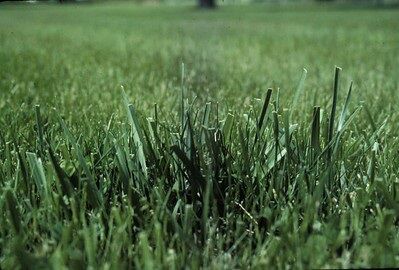Sweater weather is time to sow seeds
It is difficult to think about gardening in the midst of sweater weather. “However, now is the perfect time to start seeds of certain garden plants indoors so they will be ready for transplant when warmer weather arrives,” said University of Missouri Extension horticulture specialist David Trinklein.
By kick-starting the growing season, you will have flowers and produce earlier. Trinklein suggests choosing seeds of new varieties that might not be available yet from garden stores as started plants. By growing your own, plants will be at the ideal size when it is time to move them to the garden.
Most vegetables take six to eight weeks from the time you drop the seed until it is ready to transplant into the garden. The exact time varies with species and growing conditions.
Online resources or reference books can tell you how long it takes to produce a transplantable plant of a specific species, Trinklein said.
Germination
The germination medium needs to be loose, well-drained and finely textured, Trinklein said. You can purchase pre-mixed germination media, or you can create your own by mixing sphagnum peat moss and vermiculite or perlite.
You can purchase bedding plant cell packs designed specifically for starting seeds, but empty egg cartons or similar containers also work well, he said.
Planting depth varies by species. The rule of thumb is to cover seeds to about three to five times their diameter, Trinklein said.
Each species has specific requirements for germination. For some it is light, for others it can be temperature. Seed packets usually list germination requirements.
“For most seeds, germination happens when three conditions are met: adequate moisture, appropriate temperature and oxygen,” Trinklein said.
Accurate temperature control helps the immature plant emerge from its seed.
“One way to control temperature is to place electrical cables under the germination trays to keep the medium at a constant 78 degrees,” he said.
Germination time varies. Cabbage, broccoli and cauliflower, for example, take only a few days until seedlings peek through the medium. Tomato might take five to 10 days. Germination time for flowering plants ranges from five to 21 days, depending on the species.
Growing seedlings
When seedlings can be handled, it is time to transfer them to a growing medium. Trinklein says one of biggest problem with growing transplants indoors is temperature.
“We set our home thermostat for our comfort. Most plants prefer it much cooler at night,” he said.
The ideal temperature for seedlings is 60 degrees at night and 75-80 degrees during the day. Plants will show spindly growth if the temperature is too high at night.
The seedlings will also need fertilizer in careful doses because young roots are very tender. Trinklein recommends half-strength fertilizer for the first few waterings.
Sign up for HPJ Insights
Our weekly newsletter delivers the latest news straight to your inbox including breaking news, our exclusive columns and much more.
Applying a full-strength fertilizer solution to a young seedling would be like feeding steak and potatoes to a 6-week-old baby. “You don’t do that,” Trinklein said. “Seedlings need to be nurtured along carefully.”
Moving plants outdoors
As the time approaches for transplanting these plants to the garden, you should get them ready by using a process called hardening, Trinklein said.
“About two weeks before transplanting, expose plants to cooler temperatures and give them less water and fertilizer. This will toughen them up for the move to the garden.”
